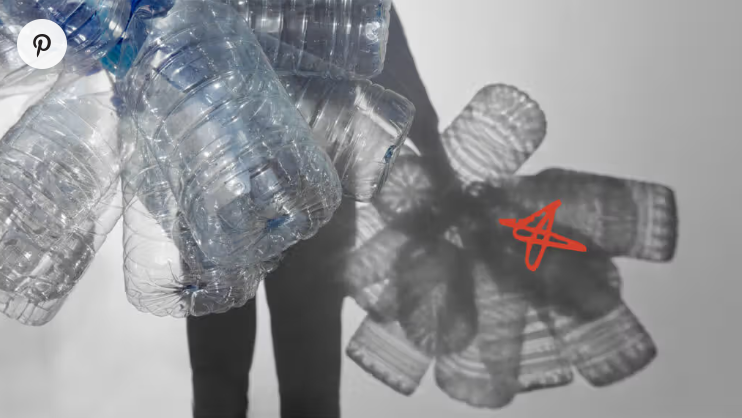- For the first time, scientists have found microplastics in human penile tissue, sparking concerns about their prevalence and potential health risks.
- The study revealed that four out of five samples from men with erectile dysfunction contained seven different types of microplastics.
- Experts hope that these findings will increase awareness and encourage further research into the impact of foreign particles in human organs.
Male infertility remains a global issue, with its causes often not well understood.
Given the growing evidence of microplastics infiltrating various biological systems, such as blood and lungs, researchers are now exploring their potential effects on reproductive systems.
Previous research has investigated the presence of microplastics in male reproductive organs.
For example, in one study, researchers discovered 12 different types of microplastics in the testicles of dogs and humans. In dogs, they found that higher levels of certain microplastics correlated with lower sperm counts and reduced testis weight.
Now, new research published in IJIR: Your Sexual MedicineTrusted Source has revealed that four out of five penis tissue samples from five men contained seven different types of microplastics.
These polymer fragments can vary in size from less than 0.2 inches (5 millimeters) to as small as 1 micrometer (1/25,000th of an inch).
Smaller fragments, known as nanoplastics, are measured in billionths of a meter.
Microplastics form when larger plastic materials degrade chemically or wear down physically into tinier pieces.
Experts suggest that some tiny particles can penetrate individual cells and tissues within major organs, and there is growing evidence that these particles are becoming more prevalent in our bodies.
The samples were collected from participants diagnosed with erectile dysfunction (ED) who were undergoing penile implant surgery at the University of Miami between August and September 2023.
Chemical imaging analysis of the samples revealed that 4 out of 5 men had microplastics in their penile tissue.
The study identified seven different types of microplastics, with polyethylene terephthalate (PET) and polypropylene (PP) being the most common.
Ranjith Ramasamy, MD, the lead author of the study and a reproductive urology expert who conducted the research at the University of Miami, explained the key findings to Medical News Today.
“Microplastics can enter the human body through ingestion, inhalation, and skin contact,” Dr. Ramasamy explained. “They are present in the air, water, and food, especially in items like seafood, sea salt, and bottled beverages.”
He noted that these tiny particles can travel through the bloodstream and accumulate in various tissues, including the penile tissue.
“The study found that microplastics, tiny plastic particles less than 5mm in size, were present in the penile tissue of men who underwent surgery for erectile dysfunction. These microplastics were detected in 80% of the samples, with the most common types being polyethylene terephthalate (PET) and polypropylene (PP).”
– Dr. Ranjith Ramasamy

I just could not leave your web site before suggesting that I really enjoyed the standard information a person supply to your visitors Is gonna be again steadily in order to check up on new posts